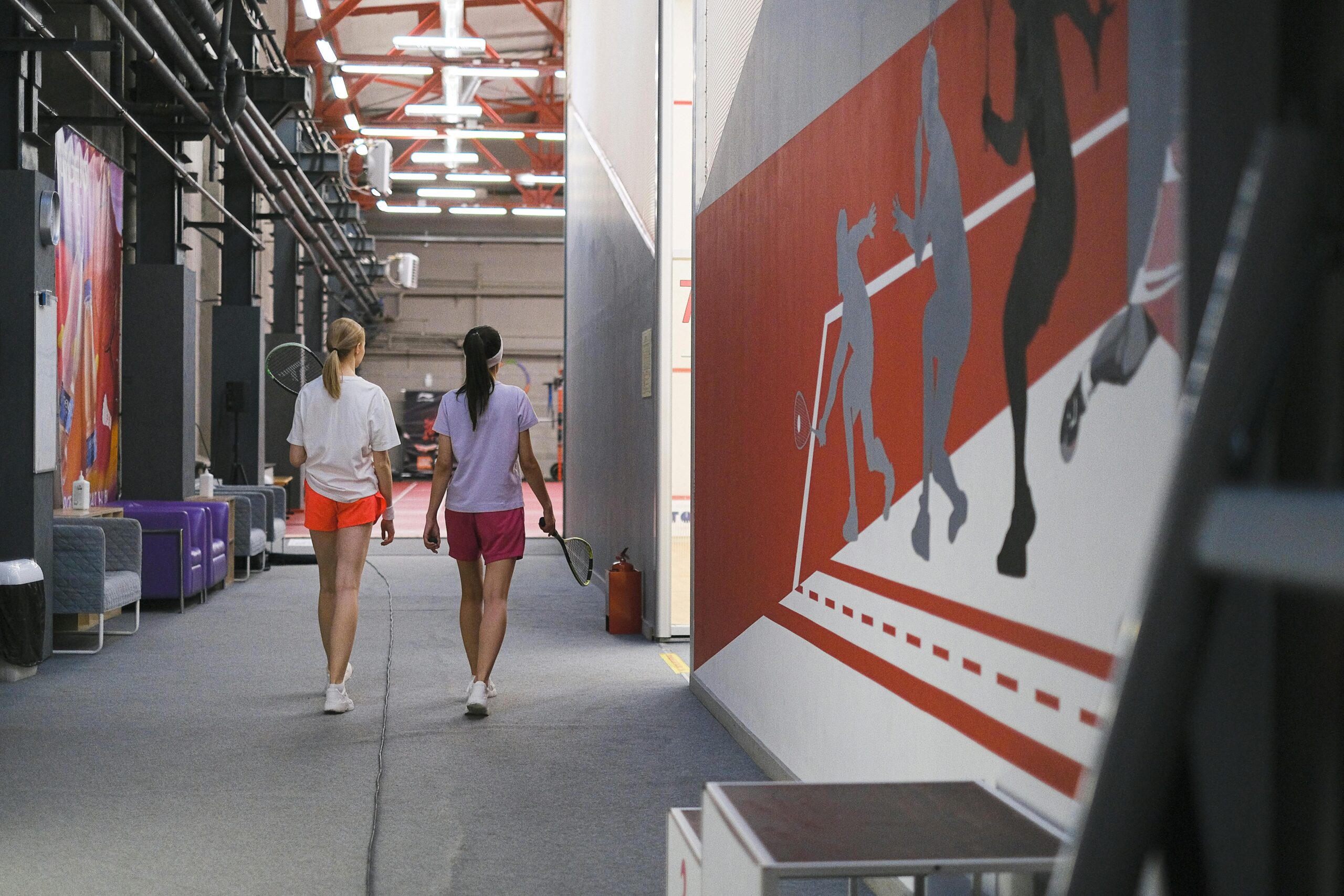Exploring the Lakeside Youth Sports Complex Benefits
The lakeside youth sports complex has emerged as a transformative space for community engagement and athletic growth. As physical activity among youth becomes more critical than ever, these complexes offer innovative solutions to modern health and social challenges. This article unpacks the structure, benefits, and future potential of such facilities to empower both individuals and communities.

Understanding the Fundamentals
A youth sports complex is a dedicated facility designed to promote physical development, teamwork, and competitive play. The lakeside youth sports complex builds on this by integrating natural environments, advanced equipment, and multi-sport versatility.
Historically, community fields served as informal meeting places for recreation. Today, structured complexes provide safer, more inclusive, and skill-oriented opportunities for youth across socioeconomic backgrounds.
1.1 Community-Centered Design
The design of a lakeside youth sports complex focuses on accessibility and multipurpose functionality. For example, walking trails, soccer fields, and aquatic centers are integrated into one dynamic setting. According to the CDC, such inclusive spaces can improve activity participation rates by over 25%.
These features aren’t just about play—they create environments where children develop confidence, friendships, and lifelong fitness habits. A common myth is that only aspiring athletes benefit; in truth, every child gains from movement-based learning.
1.2 Health and Social Impact
Compared to school-only programs, structured complexes offer longer exposure to coaching, mentoring, and physical literacy. What makes the lakeside youth sports complex unique is its natural setting, which has been linked to reduced stress and improved focus.
Consider youth with limited access to wellness programs—these complexes become vital. Community case studies show measurable reductions in youth crime and obesity rates within two years of implementation.
Practical Implementation Guide
Implementing a lakeside youth sports complex involves strategic planning, funding alignment, and community engagement. Knowing where to start can mean the difference between a thriving facility and one that’s underutilized.

2.1 Actionable Steps
- Needs Assessment: Evaluate community demand, demographics, and activity gaps.
- Planning Resources: Utilize local councils, grants, and private sponsors for funding.
- Development Timeline: Most projects require 12–24 months, with milestones at design, permitting, construction, and launch phases.
2.2 Overcoming Challenges
Common obstacles include budget shortfalls, zoning restrictions, and stakeholder disagreements. To address these:
- Engage a professional sports architect early
- Build phased development plans
- Host community workshops for buy-in
Experts advise starting with one core sport, then expanding based on usage data. Local school partnerships can also ease operational costs and staffing needs.
Advanced Applications
Once foundational operations are successful, the lakeside youth sports complex can evolve to support elite training, technology integrations, and regional events. These steps help sustain long-term relevance and income generation.

3.1 Smart Fitness Integration
Wearables and tracking tech can provide real-time data on speed, agility, and endurance. For instance, advanced basketball courts equipped with motion sensors allow for performance metrics at every level. Case studies from Florida show a 30% improvement in team coordination through such tools.
3.2 Hosting Regional Events
Beyond training, hosting tournaments generates visibility and revenue. Integrating ticketing systems and digital schedules with apps creates a seamless experience. Compatibility with platforms like Hudl or SportsEngine allows for recording, analytics, and recruiting exposure.
Future Outlook
As youth wellness trends evolve, so too will the expectations of a lakeside youth sports complex. Emerging technologies like AI-driven coaching and virtual training are expected to become standard in the next 3–5 years.
Climate adaptability, solar energy, and modular field design will also rise in prominence. Communities that embrace innovation early will have the best chance at staying ahead of sports and recreation demand.
Conclusion
To recap, the lakeside youth sports complex is more than just a place to play—it’s a catalyst for physical, social, and educational development. With thoughtful planning and innovative application, these complexes serve as cornerstones of thriving communities.
Start your journey today by exploring partnerships, identifying your local needs, and planning the next steps. This is your chance to invest in the next generation’s health and potential.
Frequently Asked Questions
- Q: What is a lakeside youth sports complex? It’s a multi-sport facility designed to support youth athletics, set near a lakeside environment for added wellness benefits.
- Q: How do I get started in building one? Begin with a community needs assessment and consult urban planners and sports architects.
- Q: How long does construction take? Most projects range from 12 to 24 months depending on funding and permitting.
- Q: What are the typical costs? Costs vary widely, but a basic complex may start around $2 million, scaling based on features and size.
- Q: How does it compare to traditional gyms? Complexes focus on youth development, outdoor activities, and community integration unlike standard gyms.
- Q: Is it hard to manage? With a good team and digital tools, most cities find operations scalable and sustainable over time.
- Q: Can this model be adapted to rural areas? Yes, many rural towns are now building compact versions using modular fields and shared school partnerships.
